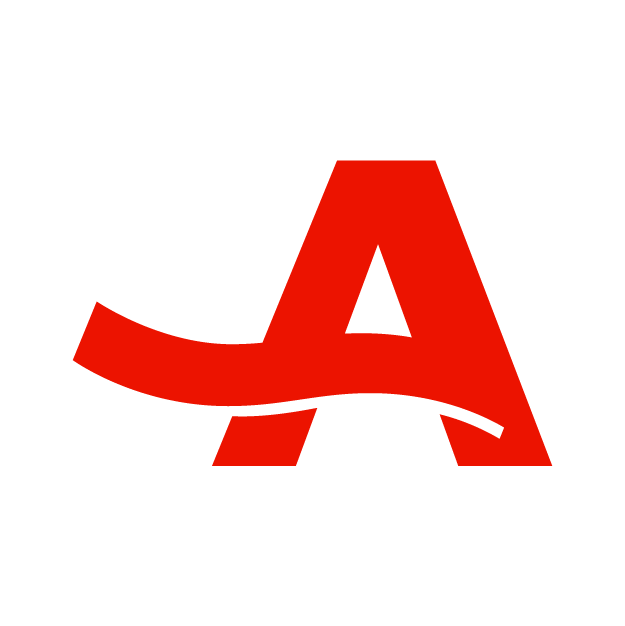Self Care
Health
Your health is your power, and we’re here to help you protect it. From staying active to nourishing your body and prioritizing self-care, we’ve got the tips, advice, and real talk you need to feel your best—inside and out.
Health Topics
Fitness
Nutrition
Self-Care
Weight Loss
Wellness


More Health From AARP
Discover more ways AARP can help you live well, navigate aging, save money, and protect older Americans on issues that matter.







































